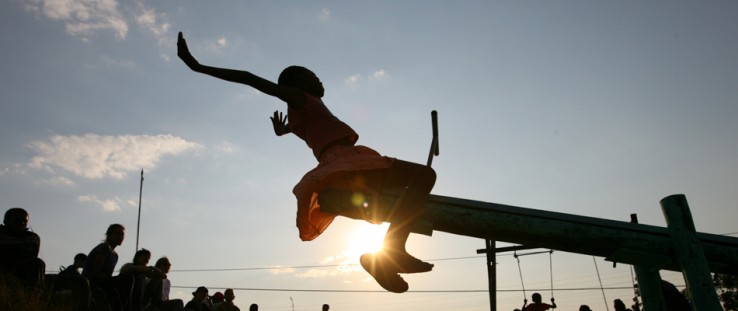

Extreme poverty:
It's not having access to life-saving medicine;
It’s a 2-mile hike for water;
It’s a small plot of land, five kids, no modern tools and a drought-prone world;
It’s “A Day in the Dark” everyday;
It’s growing up in a war zone;
It's not having a vote.
So what are we doing about it?
USAID — the U.S. Government’s lead agency to advance human dignity and progress around the globe — is working on behalf of the American people to wipe the most devastating forms of poverty from the planet in the next two decades.
This powerful photo story outlines our vision.

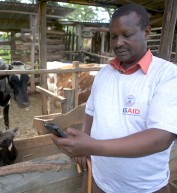
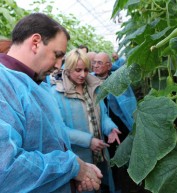
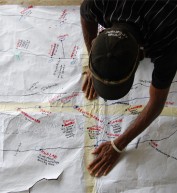
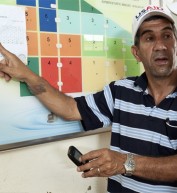
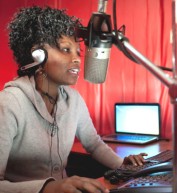
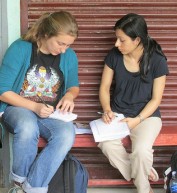
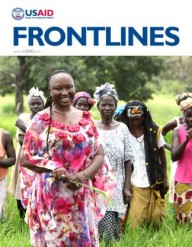

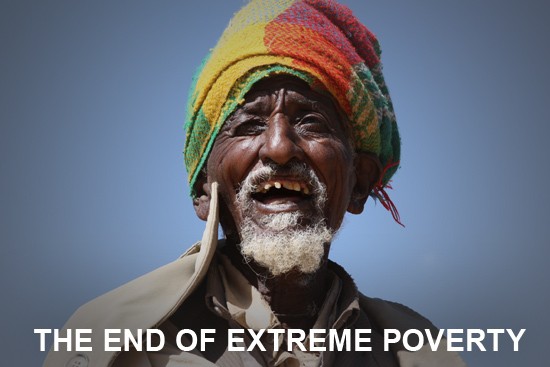
Comment
Make a general inquiry or suggest an improvement.